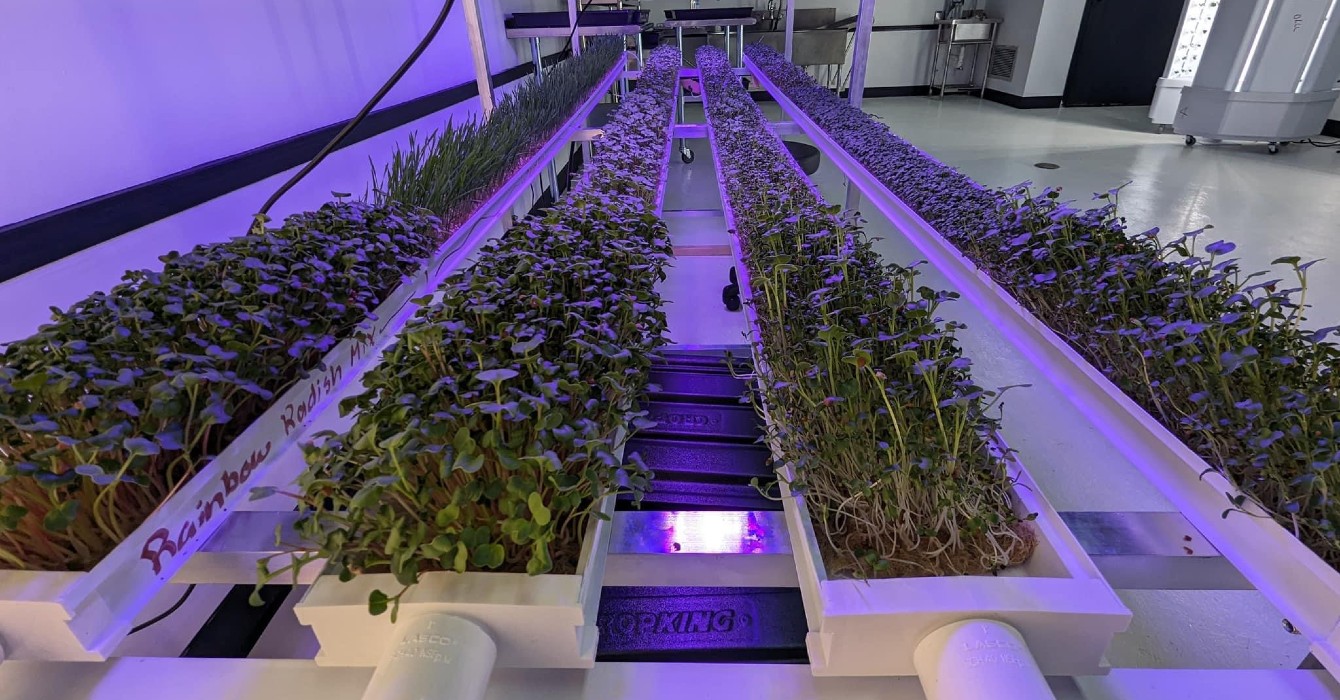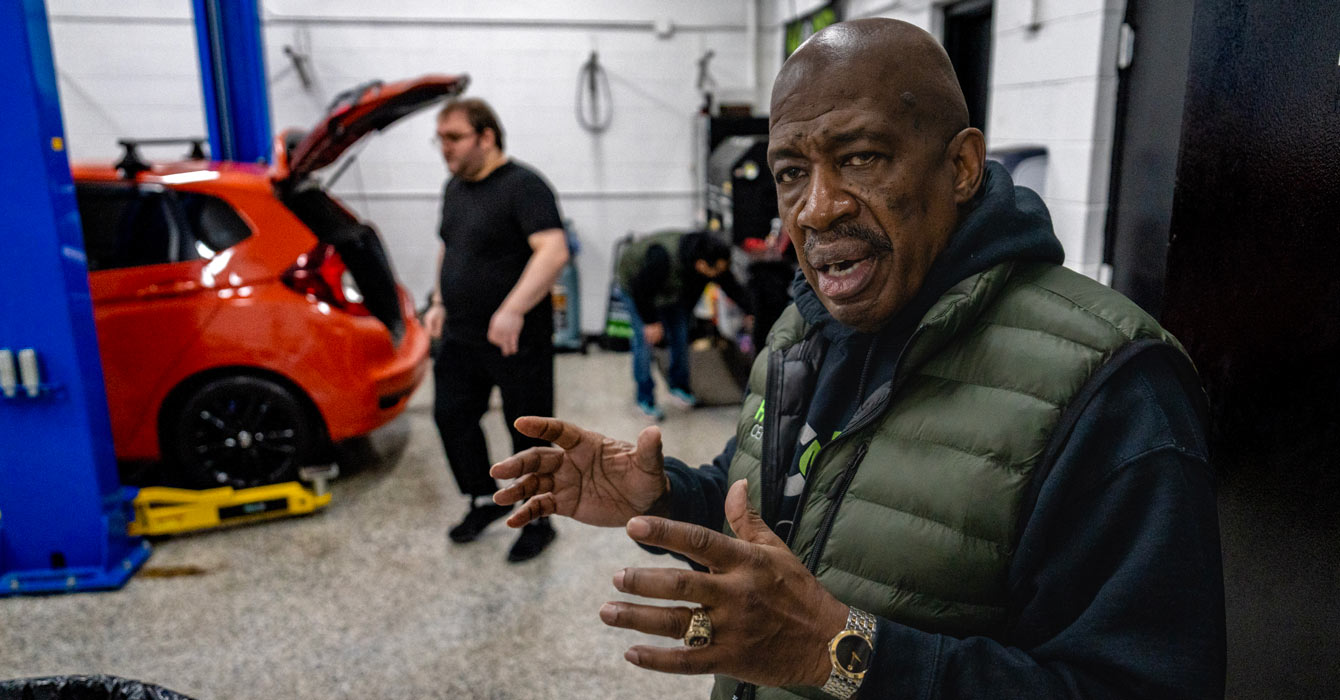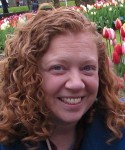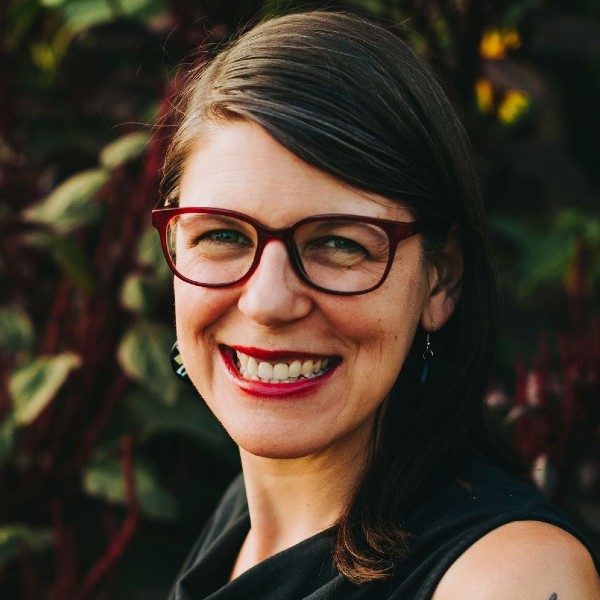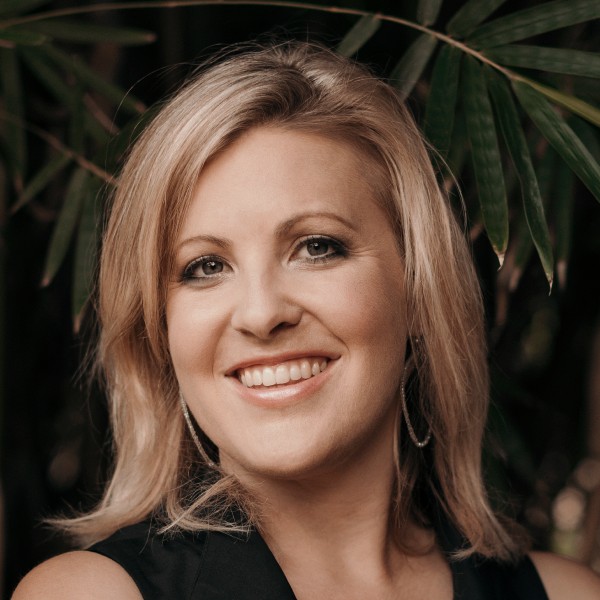Two years ago, Hope Center in Blue Island, Illinois, had just established a hydroponics garden and begun growing greens for their community. This year, they anticipate producing 3,000 pounds of food.
Food deserts can impact the choices members of a community can make, says Moy Mendez, the executive director of Hope Center. And if Hope Center can provide education and food options, then community members can take agency over their own health and well-being.
That was the logic of putting the time and effort over the past two years into expanding the community garden with a greenhouse, a larger hydroponics garden and space to grow fish and chickens. But the availability of fresh food isn’t enough, Mendez says. He wants to educate too.
Hope Center teaches community members about which vitamins are in the produce they can grow and the effect it will have on their health. That way, they can see the impact that healthy eating can have on their lives.
Mendez spoke with Faith & Leadership’s Chris Karnadi about Hope Center’s new gardens and greenhouse, how providing fresh food can change a community and the impact of immigration raids on the mostly immigrant community. The following is an edited transcript.
Faith & Leadership: How has Hope Center changed in the past couple years since we did the feature story about it?
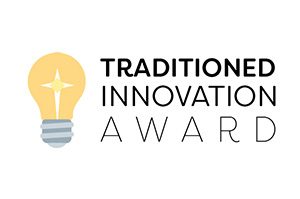
Traditioned Innovation Award Winner
Leadership Education at Duke Divinity recognizes institutions that act creatively in the face of challenges while remaining faithful to their mission and convictions. Winners received $10,000 to continue their work.
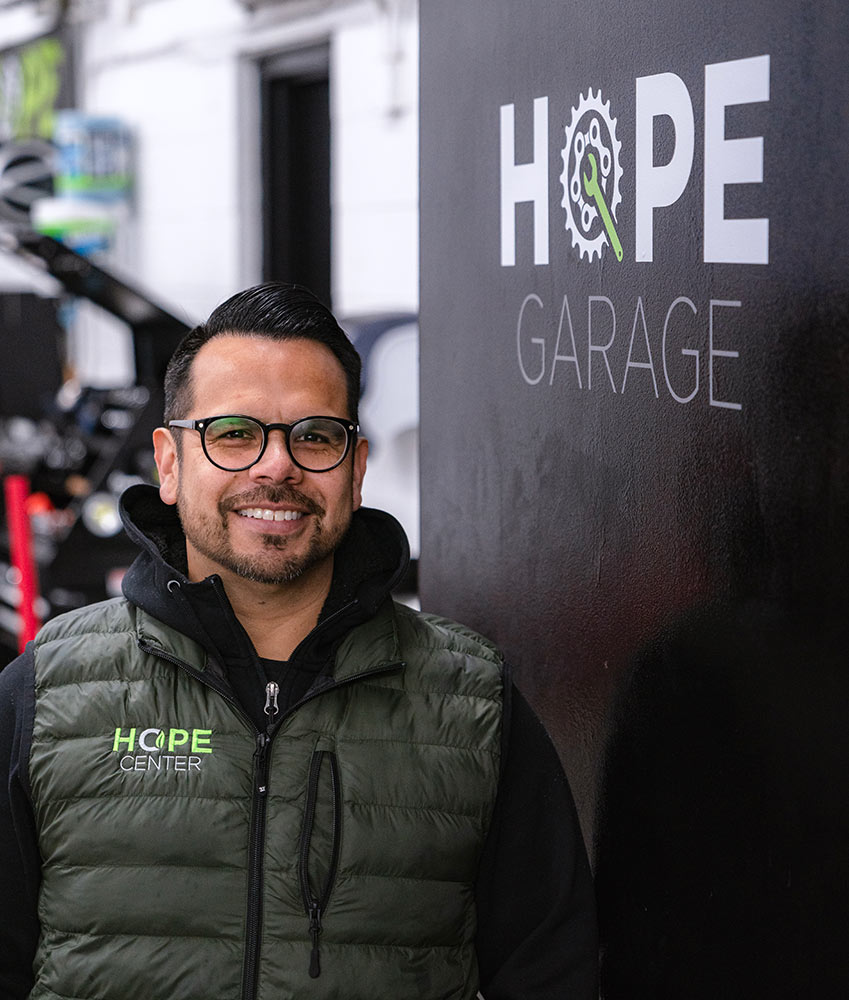
Moy Mendez: Oh, my goodness. We’ve added a chicken farm and a fish farm. We’ve expanded our hydroponics initiatives. We’ve added a greenhouse, a 1,500-square-foot greenhouse. We’ve doubled our food production. We’re currently in the process of adding a food forest, so we’re planting 150 trees there. So yeah, we’ve been busy. Our team has been growing.
We’re now part of the farmers market. So not only do we provide premium vegetables for our community, but we have a customer base for three different restaurants in the city that buy from us because of, No. 1, the quality of our vegetables, but they also want to contribute to what we’re doing.
F&L: Where did the increased focus on food production come from?
MM: So we had the garden, and the whole idea originally was to lean into education. Could we lean into teaching our community to grow their own food? And the garden efforts were great, but we realized that we had only a small window of opportunity to serve our community with the garden.
We had a four-month harvest window, if that, so we figured if we grow vegetables inside and our fish farm inside with aquaponics, we could actually teach our community how to grow food all year long.
And the other thing we’re doing right now is we’re putting together a maker space, and that maker space is going to be an area where our community could come in, learn how to freeze dry, pickle, can and dehydrate their food.
So we’re approaching everything from a longer standpoint. Can we teach our community how to grow vegetables all year round instead of only during the summer? Because our community is a food desert, and there’s not equal access to fresh fruits and vegetables. These efforts are going to help us move that forward.
Our greenhouse planted as early as February, and we’re already harvesting for the second time. That greenhouse is going to allow us to harvest all the way up until late December.
F&L: What are you growing?
MM: We focus on a lot of cruciferous vegetables. We do grow microgreens, we do grow Japanese eggplant, we try to add a few exotic vegetables, but mostly we grow cruciferous vegetables, which are mostly leafy and dark-colored vegetables like cabbage and kale that provide a lot of nutrition and fiber.
We’re not only trying to tackle food insecurity, but we’re also educating our community on healthy eating and active living.
Part of that educational piece has a lot to do with the kind of vegetables that we grow, so that we could help our community think differently about the way that they made food.
We know that it’s a challenge. You just don’t show up in a community and say, “Hey, you guys don’t have the same access to fruits and vegetables,” and then all of a sudden you provide fruits and vegetables, and they say: “You know what? I’m going to eat this instead of pizza.” It just doesn’t happen.
So we’ve had to get creative in our approach, and we found that educating our community is the first part, because if they realize that they could use food as medicine, it’s attractive. And then the other thing that we’re doing is my wife is incorporating a lot of different culturally relevant recipes that incorporate a lot of fruits and vegetables that make a lot of your everyday food a lot healthier.
For example, you can add microgreens to guacamole. That way you have all those power-packed vitamins, and you don’t compromise the flavor of the food you’re eating. If we show people how to grow microgreens on their windowsill and instruct them on how to use it in their food, it’s an extra step, but now you have the vegetables and nutrition that you need, so you’re healthier.
We feel that it just has a circular benefit in the sense that healthier people perform better at work. And if you perform better at work, it helps you make more money. And if you could make more money for your family, you could, especially in a low- to moderate-income community like ours, remove some of the stress.
So it’s mind, body, spirit. We’re hoping that this is something that benefits somebody in a holistic way.
F&L: How have you seen that affect some of the families that are your constituents?
MM: We’re still at the beginning stages, where we’re seeing how they’re incorporating vegetables, they’re growing more vegetables, they’re eating more vegetables. Our community’s more aware and conscious than they’ve ever been.
When you have a community that’s dealing with hypertension and diabetes, it’s something big to celebrate. If they come back to you and they say, “Hey, our A1c numbers are improving!” that’s a great thing. Through our partners at Northwestern [Medicine], we provide blood tests for A1c numbers, or glucose levels.
It’s good when they see their numbers come down significantly. We can help our community build that sense of personal agency. It’s exciting when you see that, when you see your community take hold of their health and begin to move in a different direction, when you see more people in the community growing their food.
Because that’s our whole idea. We don’t want to just be there growing the food just because. We’ll provide about 3,000 pounds of food this year, and we’re projecting that we’ll provide pretty close to 4,000 pounds next year with our expansion efforts. But it’s still not enough to feed a community of 56,000 residents.
So the whole goal is teaching our community how to grow their own food, but we can’t do that unless we educate them. So we’ve been leaning in on the educational piece, which has been great. It’s wonderful when you see the community have those aha moments, where they didn’t know simple facts like broccoli has more vitamin C than an orange. So a lot of it is just knowing the different types of vegetables and what they actually do.
F&L: How did the partnerships with the restaurants come about?
MM: It’s interesting, because they receive a sticker saying that they’re partners of ours, and the people that go in there and eat their food, they know that part of the money is going back toward social impact in their own community. And people also like local-sourced, local-grown, organic food. So all of that has been a great experience.
As a nonprofit, we want to be dedicated to our mission and vision, but we also realize that we won’t be around a long time if we don’t come up with robust partnerships and also a sustainable financial model. Part of that is getting the word out through our garden efforts, and if we could build a reputation with already established restaurants that trust us, it’s going to take those restaurants further; it’s also going to take us further.
We figured that would be another way for us to bring in another stream of revenue but also expand our partnerships with the community, help them know what we’re doing.
F&L: How did the aquaponics start?
MM: For the fish farm, we figured, you know what, let’s add aquaponics to what we’re doing. And we figured that it would be a great way for us to teach our community how to grow their own indoor farm throughout the year.
The interesting thing is that once we started doing that, we started realizing that the equipment that we had to do that is a little expensive. Our director of technology, who’s an engineer by trade and also does the work of a patent attorney, is patenting our own micro models of home hydroponic and aquaponic machines so that we can make it affordable for the community that wants to grow fish and vegetables all year round.
That way we could ensure that they could have vegetables and protein.
F&L: So they could get a kit to raise fish at their home?
MM: Yes, we can virtually grow any fish that we want to. Just certain fish are more temperamental than others. In the beginning, everybody wanted to grow tilapia just because it’s a robust fish. It’s not delicate at all. The temperature doesn’t bother it. But the only problem with that fish is that tilapia produces a lot of omega-6s, and we already have an oversaturated diet of omega-6s, which sometimes contribute to arteriosclerosis.
So we decided, why don’t we focus on something more like a walleye, but it’s a temperamental fish. We have to keep a consistent temperature in the fish. There are other things that we have to do. So yeah, it’s a little bit more challenging, but it’s part of what we’re hoping helps us provide a healthier fish for our community.
F&L: This question goes in a different direction, but how has Blue Island and your community adapted in the current political moment, with its impact on people who have immigrated to your neighborhood?
MM: We’re at the center of an immigrant community, and it’s been very difficult. As you can imagine, it’s very stressful. Our community is facing a horrid reality where people are leaving for work, and kids are hearing that their parents aren’t coming home.
It’s been very challenging. I was telling my wife that it’s hard as a pastor to deal with all the different complex issues that we have in the community. As much as I’d like to help everybody, I know that there’s only a group of people that we can help. But yeah, it’s been very difficult.
It’s not the exact focus, but we’re doing what we can. We’re actually an information source. We’ve partnered with an organization that helps equip our community to know their rights — know what they can do, what they can’t do.
It’s just part of those efforts that we feel are going to help us. We’re trying to do the best that we can with the little bit that we have to make sure our community is equipped.
It’s a real story for my wife. My wife immigrated from Mexico illegally and is now naturalized. She was brought here as a child, and it’s been a big challenge for her. So I empathize with that immensely. She’s experienced firsthand her mom being deported and not coming home to her. She was only about six years old.
That’s one of the scariest things that kids can experience, having their security pulled from under their feet, and it’s impacting our community.

